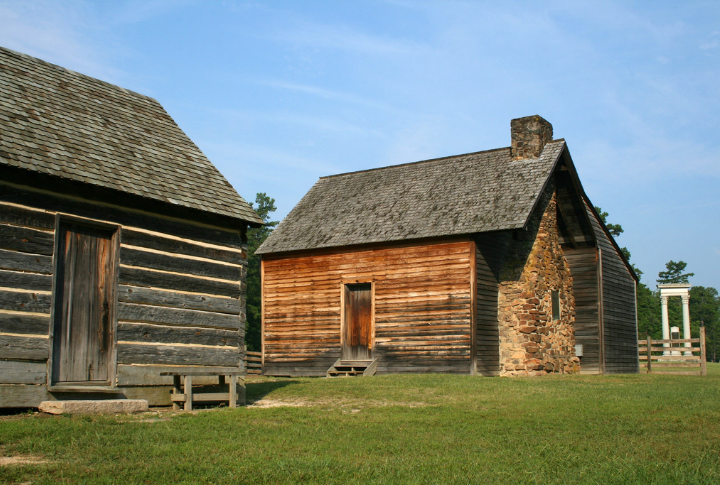
Some of history’s richest stories don’t always emerge from the spotlight. Bennett Place—a Confederate surrender site—offers insight that goes beyond what textbooks can tell you. Here are 10 reasons why Bennett Place in North Carolina is an essential stop to explore the lesser-known events that shaped America’s history.
A Farmhouse Preserving History

Though the original Bennett farmhouse was lost to fire in 1921, its reconstructed version vividly restores the site’s significance. Visitors step into a carefully recreated setting where period-accurate furnishings provide a tangible link to the weighty decisions made within its walls.
The Farmhouse Where Peace Was Made

Inside the reconstructed Bennett farmhouse, visitors can step into the setting where Union and Confederate leaders negotiated the terms of peace. Beyond its political significance, the home reveals details of 19th-century rural life that shaped the daily experience of Southern farm families.
A Surrender That Spared The South
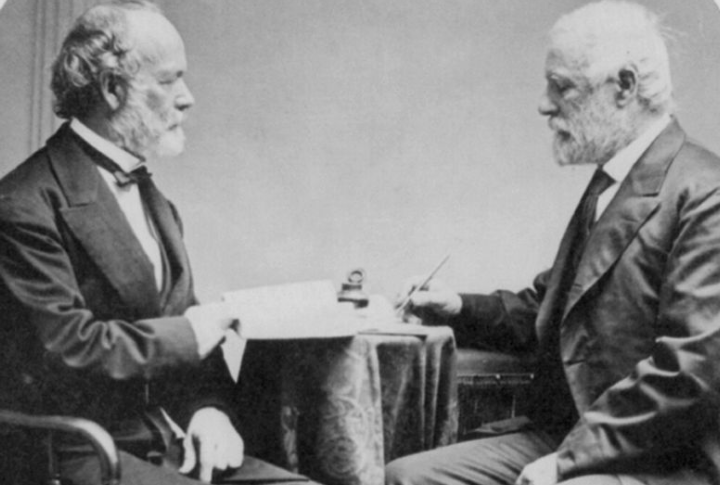
By surrendering at this site following Lincoln’s assassination, General Johnston helped spare the South from continued warfare and destruction. His decision offered a fragile opening for recovery in a region already exhausted by conflict and its resulting scars.
The Unity Monument’s Symbolism

The Unity Monument, a part of Bennett Place State Historic Site, stands as a quiet tribute to the nation’s effort to heal after the conflict era. What makes it special is that unlike most Civil War memorials of its time, this one commemorates both Union and Confederate troops.
Bennett Place And The End Of Slavery
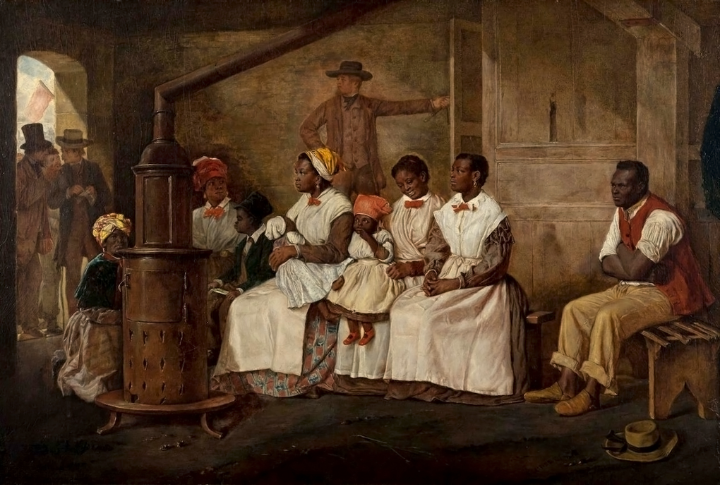
While not the legal birthplace of emancipation, Bennett Place marks the fall of the Confederacy, an institution built on slavery. Exhibits at the site highlight the courageous contributions of Black soldiers and civilians toward achieving both the Union’s victory and lasting freedom.
19th-Century Life In Living History
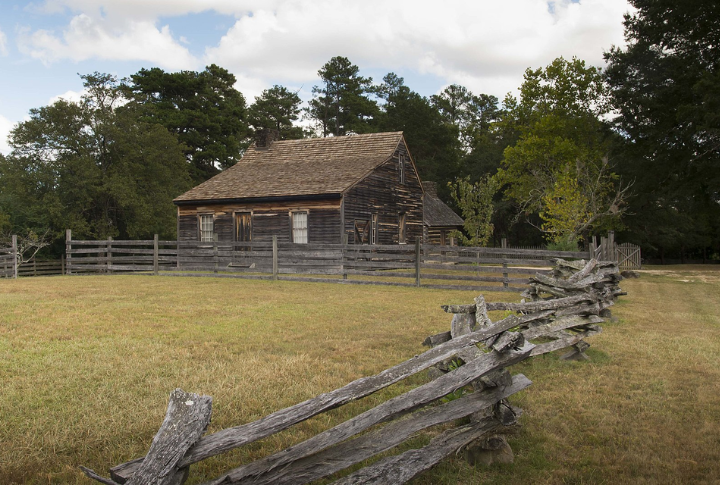
Immersive programs at Bennett Place allow visitors to step into the rhythms of 1860s America. Through reenactments of daily tasks, military drills, and period crafts, the site offers a hands-on understanding of how people adapted during a time of great national upheaval.
Bennett Place’s Strategic Role
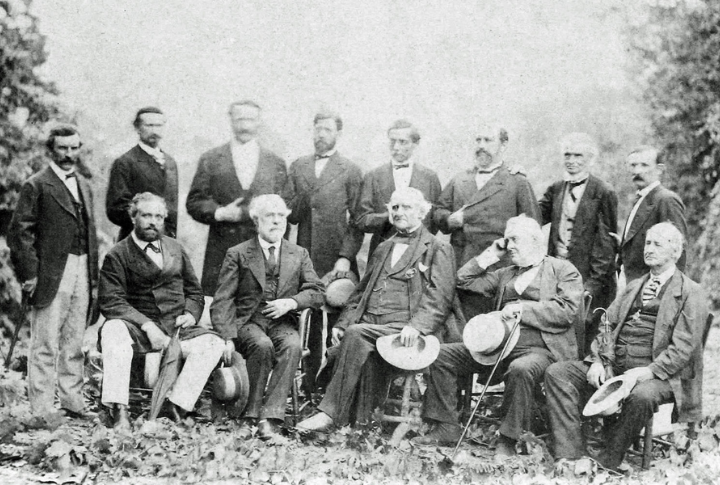
Set between the converging forces of Sherman and Johnston near Durham Station, Bennett Place became a logical and neutral meeting point. Its strategic location along key rail lines and roads made it ideal for hosting negotiations safely and diplomatically.
Its Place In America’s Final Conflict
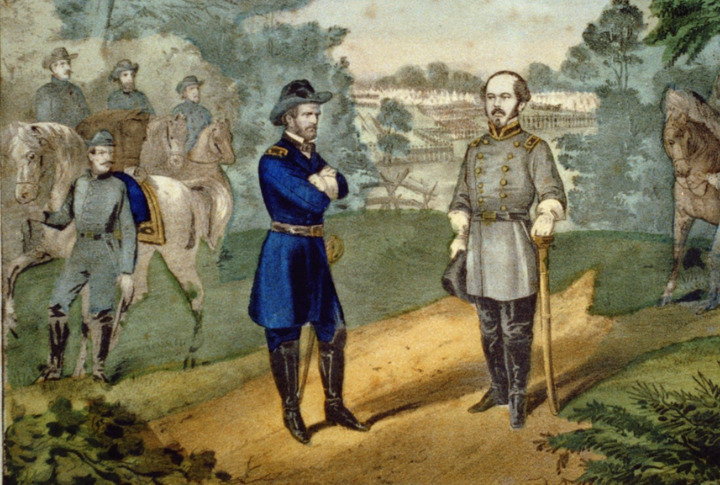
This historic site is known for being the place where Confederate forces in the Carolinas, Georgia, and Florida formally surrendered, significantly weakening the remaining Southern resistance. However, this event did not signal the total fall, as some continued to operate beyond it.
America’s Largest Troop Surrender Site
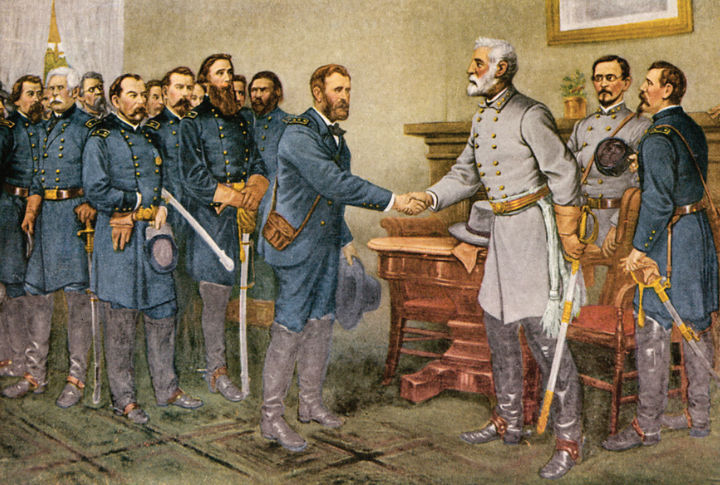
Bennett Place was the site of the largest surrender of Confederate troops (over 89,000 soldiers), exceeding even Appomattox. Visitors here can stand on the ground where one of the Civil War’s final and most decisive chapters played out.
Former Rivals’ Post-War Friendship
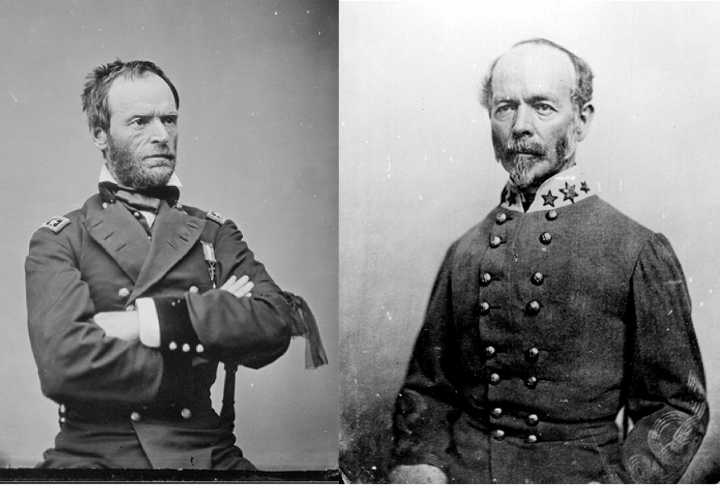
After the conflict, Generals Sherman and Johnston forged an enduring friendship rooted in mutual respect. This bond, which can be explored through site exhibits, portrayed true reconciliation that changed the bitter narratives surrounding the era’s divisions.

